Proactively respond to water resource challenges
On December 1, 2023, the Ministry of Science and Technology issued Decision No. 2846/QD-BKHCN approving the National Science and Technology Program for the period up to 2030 "Scientific and technological research to serve the assurance of water security and safety of dams and reservoirs", code KC.14/21-30. The objective of the Program is to provide a scientific and practical basis to support the development and improvement of institutions and policies; at the same time, research, development and transfer of advanced technologies to serve the management, exploitation and effective use of water resources, meeting the needs of people's lives, socio-economic development, national defense - security and adaptation to climate change.
The program sets out many specific targets: 60% of tasks have results that are successfully applied or tested; 30% of tasks have applications for intellectual property protection, of which 10% are granted patents or utility solutions; 20% of tasks have businesses participating in coordination implementation.

The program sets many specific targets: 60% of the tasks have results that are successfully applied or tested.
According to Prof. Dr. Nguyen Van Tinh, Head of the Program, the key contents will focus on technology to assess and forecast the quantity, quality and demand for water use; technology to store, treat and filter water; smart operation of water supply, irrigation and drainage systems; as well as solutions to monitor, supervise and control water quality and sources of pollution.
In fact, Vietnam has more than 7,500 lakes and dams with a total active storage capacity of about 70 billion m³ of water. However, surface water resources are unevenly distributed in space and time, and depend largely on transboundary water resources. It is forecasted that by 2045, the country's water demand will increase by about 30% compared to present, while many river basins are seriously polluted. Along with that, the state of water exploitation works is degraded, water use efficiency is low, and water resource management has not met development requirements.
In that context, research and application of science and technology in management, exploitation, use and protection of water resources has become an urgent requirement, contributing to realizing Conclusion No. 36-KL/TW of the Politburo on ensuring water security and safety of dams and reservoirs by 2030, with a vision to 2045.
In recent years, the State has invested and had many solutions to ensure water security and safety of dams and reservoirs, but there are still many problems such as the uneven distribution of surface water resources in our country in both space and time, depending heavily on transboundary water resources. The challenge of increasing technological research resources to increase water resources, as well as using water effectively and economically is also a big problem in the coming period, because the expected water demand in 2045 is 130 billion m3, an increase of about 30% compared to current actual demand. In addition, water sources in many areas are seriously polluted, water exploitation works built long ago have degraded, it is difficult to change functions to meet large-scale production, water management is still weak, the efficiency of water exploitation and use is low, etc.
Enhancing technology for dam safety and sustainable development
Along with the water resource issue, the work of ensuring dam safety is also posing many challenges. According to Associate Professor, Dr. Nguyen Dang Tinh, Deputy Director of the Branch of the University of Water Resources, most of the reservoirs in Vietnam were built in the 1970s - 1980s, and are now degraded, damaged, and lack maintenance funding, while the capacity of management and operation staff is still limited. Therefore, it is very necessary to research and apply new technology to improve the waterproofing capacity of earth dams, develop emergency response procedures, as well as deploy a smart reservoir monitoring and management system. At the same time, it is necessary to complete the dam safety assessment process combined with digital transformation, build a modern, interconnected and timely updated construction information system.
In the Mekong Delta (MD), the country's key agricultural production area, the challenge of water security is even greater due to the dual impact of climate change, rising sea levels and land subsidence. Each year, this area subsides by 0.5–3 m, with coastal areas alone sinking by an average of 1.5–3.5 cm/year. It is forecast that by 2050, the terrain in some provinces may be at –0.5 to –1 m, and by 2100 it will be –1 to –2 m. Future rainfall is forecast to decrease by 1–10%, causing a decrease in water flow to the MD, deeper saltwater intrusion, widespread flooding and increased coastal erosion, losing hundreds of hectares of land each year.

Ensuring water security and safety of dams and reservoirs by 2030, with a vision to 2045.
Faced with that reality, experts believe that the development of the Mekong Delta must be in the direction of "controlled adaptation", which means proactively creating a reasonable water regime on a natural basis, reducing risks and uncertainties in production, especially agriculture. This is also the direction to optimally exploit natural elements such as land, water, light, and develop high-quality organic and ecological agriculture. In addition, it is necessary to integrate key issues such as ensuring water security, flooding, and delta degradation into the socio-economic development strategy of the region and the country; at the same time, build long-term plans for water issues, flood prevention, and protection of coastal mangrove ecosystems.
The KC.14/21-30 program is an important step in linking science and technology with water resources management and irrigation safety. Promoting research, application and transfer of advanced technology not only helps improve the efficiency of water resources management, ensure dam safety but also contributes to proactively responding to climate change, protecting the environment and promoting sustainable socio-economic development of the country.
Source: https://mst.gov.vn/ung-dung-khcn-dam-bao-an-ninh-nguon-nuoc-va-an-toan-ho-dap-197251113110432003.htm


![[Photo] General Secretary To Lam visits Long Thanh International Airport Project](https://vphoto.vietnam.vn/thumb/1200x675/vietnam/resource/IMAGE/2025/11/13/1763008564398_vna-potal-tong-bi-thu-to-lam-tham-du-an-cang-hang-khong-quoc-te-long-thanh-8404600-1261-jpg.webp)

![[Photo] The "scars" of Da Nang's mountains and forests after storms and floods](https://vphoto.vietnam.vn/thumb/1200x675/vietnam/resource/IMAGE/2025/11/13/1762996564834_sl8-jpg.webp)


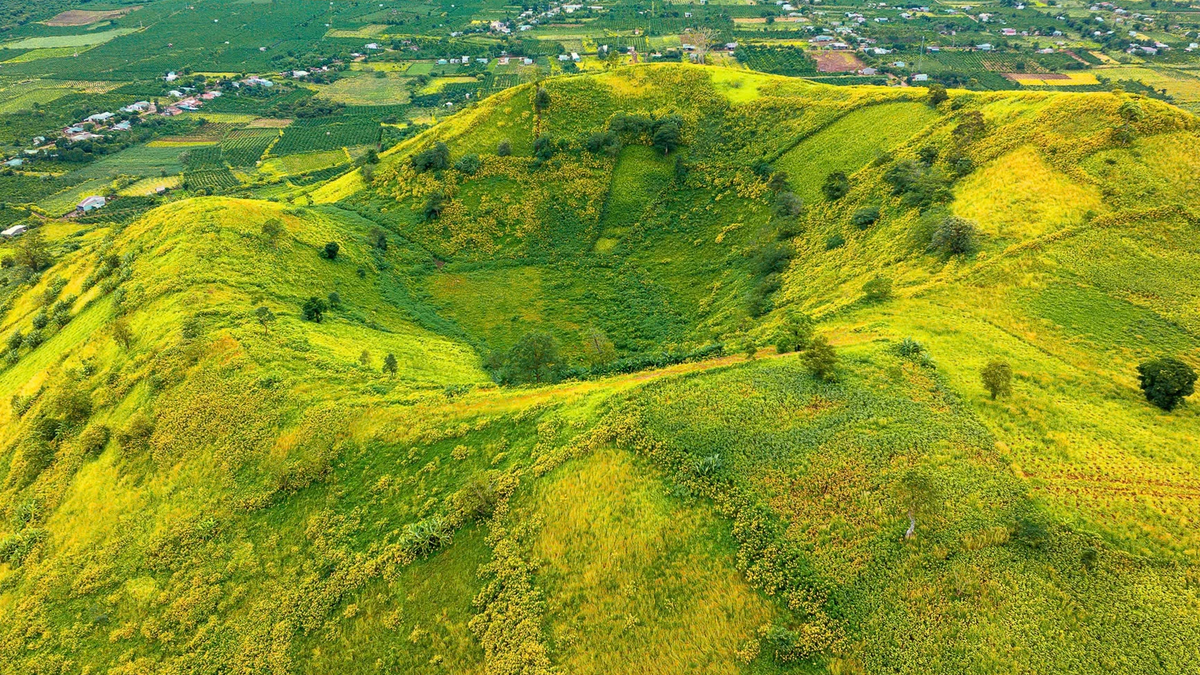
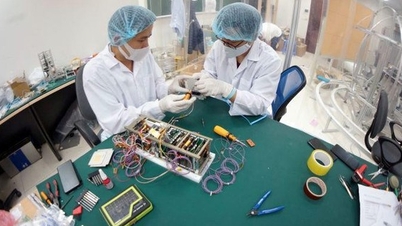













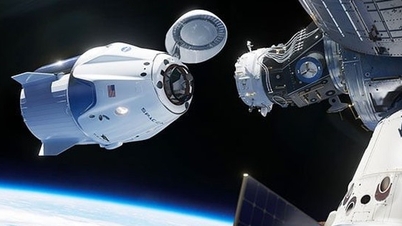
















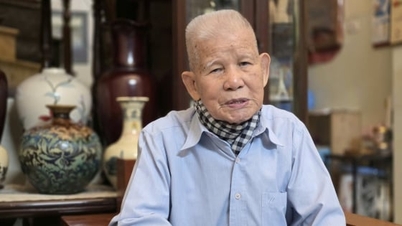

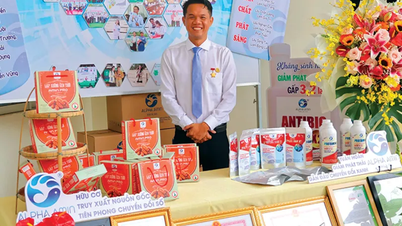





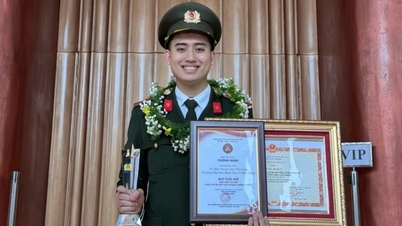

















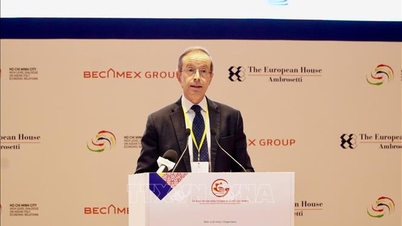


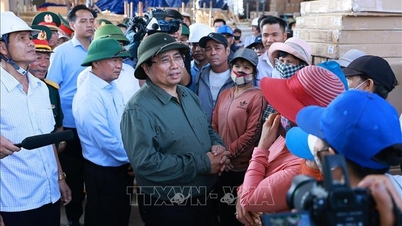






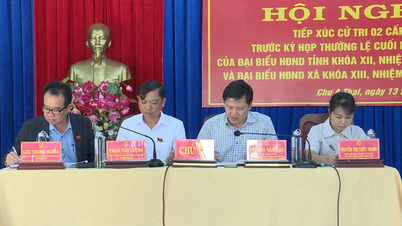



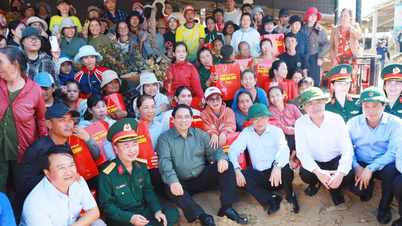


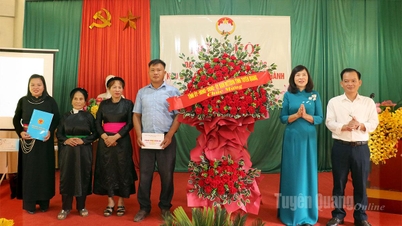






![Dong Nai OCOP transition: [Article 3] Linking tourism with OCOP product consumption](https://vphoto.vietnam.vn/thumb/402x226/vietnam/resource/IMAGE/2025/11/10/1762739199309_1324-2740-7_n-162543_981.jpeg)







Comment (0)